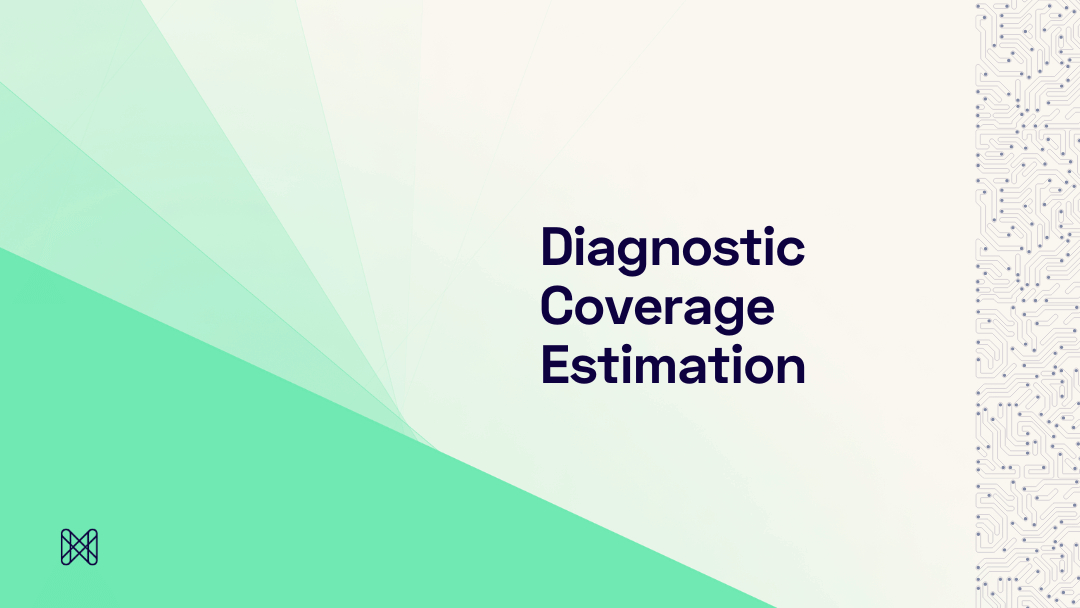Diagnostic Coverage (DC) measures the fraction of dangerous detected failures in a system. But in practice, predicting all possible manners a function can fail, and developing a diagnostic function that covers them all is challenging.
How do engineers tackle this complex estimation challenge? Discover the answer with an engaging example!
Visual Chronicles
Accurately estimating diagnostic coverage is one of functional safety’s trickiest challenges – how do you measure what you might miss? Through an illustration of progressive brake system diagnostics, we explore how detection methods evolve from basic physical feedback (60% coverage) to sophisticated force measurement systems (99% coverage). Also, explore how standards approach this estimation challenge and why even “functionless” diagnostics can be surprisingly effective.
Key Takeaways:
- Precisely determining the exact coverage of a diagnostic function is very challenging.
- Diagnostic coverage can be approximated using the principle of the diagnostic method and the frequency at which the function is tested.
- Having no diagnostic function doesn’t mean failures won’t be detected (or perceived).

